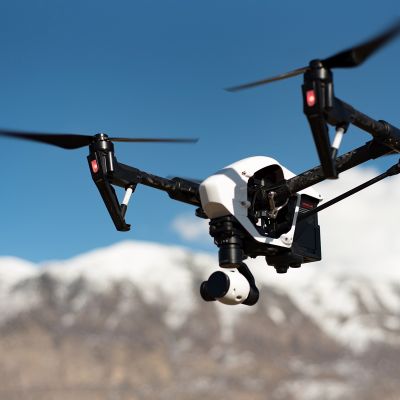We developed an analytical framework to ensure that the individual and group performance of multiple unmanned aerial vehicles (MUAVs) could be guaranteed when working together. This predicted their behaviour in two multi-task mission scenarios, and assessed their resulting performance.
Key Facts
-
We developed an analytical framework that could guarantee the individual and group performance of multiple unmanned aerial vehicles (MUAVs).
-
The behaviour of MUAVs were predicted in two multi-task mission scenarios, with their resulting performance assessed.
-
We collaborated with Imperial College London in the three-year project worth more than £800,000.
- Funded by Engineering and Physical Sciences Research Council (EPSRC).
Impact of our research
This project developed a rigorous, analytical framework that determined, in detail, the number and characteristics of multiple UAVs (MUAVs), the interaction between the vehicles and their embedded guidance and control schemes.
This framework was used to predict the behaviour of MUAVs in two multi-task mission scenarios, and to assess the resulting performance. This meant both individual and group performance could be guaranteed.
Why the research was commissioned
The dynamic behaviour of multiple unmanned aerial vehicles (MUAVs) is fundamentally different to that of a single vehicle.
The actual operation of a group of MUAVs had not been fully studied at the time of this research, despite a number of recent technological advances.
Why Cranfield?
Our expertise in guidance, control, navigation and multi-vehicles systems secured the funding from the Engineering and Physical Sciences Research Council (EPSRC).

